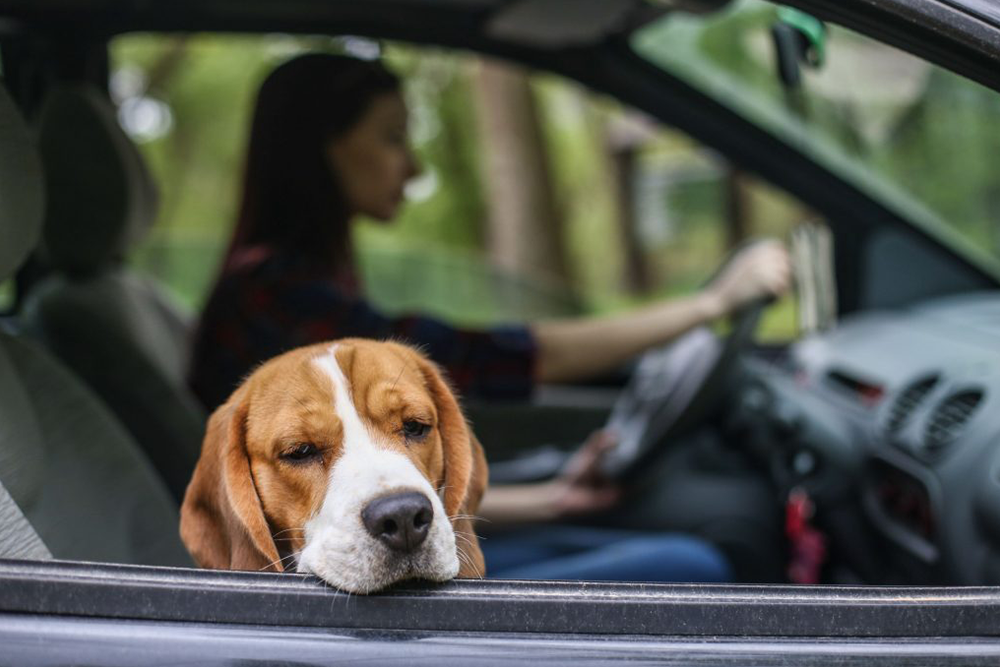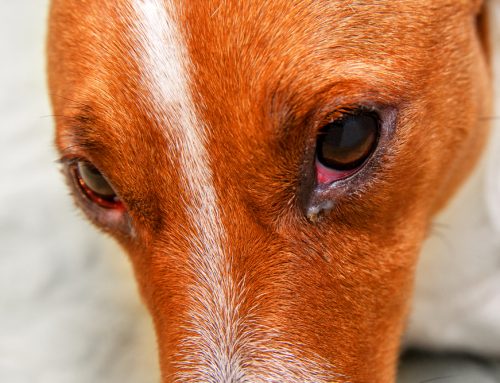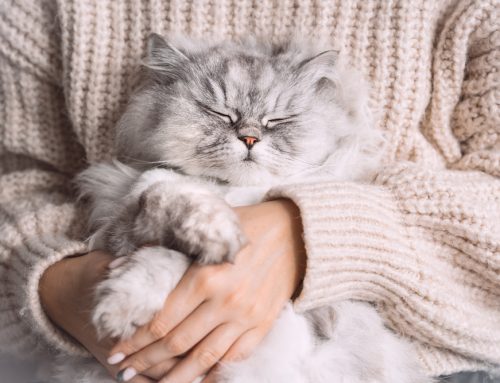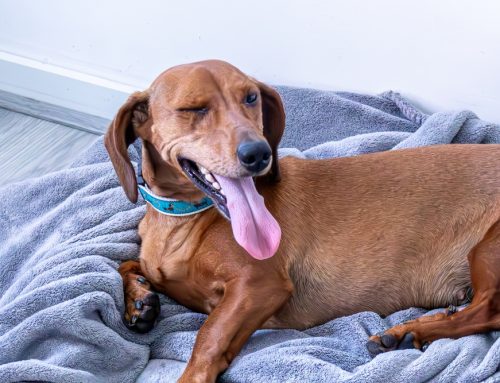Many animals are able to enjoy a car ride without experiencing the sensation known as motion sickness. However, this is not the case for all animals, and traveling by car may be a necessary part of a pet’s life. So what can pet owners do to help prevent their beloved animal companion from feeling car sick?
Luckily, there are a few steps you can take to help protect your pet from motion sickness and the fear often associated with car rides. The team at Town & Country Animal Hospital has put together some tips to prevent car sickness in your pet and promote car ride safety:
Motion Sickness is Common
Motion sickness is a common problem for pets, similar as it is for humans. It can be attributed to one of two things: physical or physiological reasons.
Physical: If your pet feels unbalanced, this can lead to them becoming car sick. This is more common for puppies and young pets, since the inner-ear structures that are related to balance are not fully developed yet. Luckily, many dogs will outgrow their motion sickness tendencies as they become adults.
Physiological: Many animals experience stress and anxiety related to traveling and car rides, which can cause them to become car sick. For example, if your pet is only used to traveling by car for a veterinarian appointment, they may associate the car with scary situations and fear. A good way to combat this association is to take your pet on short car trips that result in something fun and rewarding for them, like a trip to the park or a drive-thru for puppuccinos.
Signs of Motion Sickness
Learn how to spot the signs of motion sickness in your pet by keeping an eye out for the following:
- Uneasiness or subdued behavior
- Yawning
- Whining or vocalization
- Excessive or heavy drooling
- Licking or smacking lips
- Urination, defecation or vomiting
How to Prevent Car Sickness in Pets
The best way to prevent motion sickness is to make sure your pet is comfortable, relaxed and secured in their seat. Follow these additional tips to help your pet have a calm and relaxing trip in the car.
- Make sure your pet is securely strapped into their seat either by a safety harness or a carrier.
- If possible, face your pet forward rather than sideways looking out the windows
- Travel when your pet has an empty stomach. If you need to withhold a meal, this may be worth it to prevent vomiting or motion sickness.
- Add something that smells like home to your pet’s carrier or travel space. This may include a t-shirt, favorite blanket, or favorite toy.
- Keep the car cool and comfortable, with plenty of air flow.
- Reduce sound and noise in the car. Keep the radio quiet, or play calming music at a low volume.
- If you think your dog may vomit, stop and take them out for a short walk until they feel better
How to Prepare Your Cat: Cats should be settled into their carriers before they are even placed in the car. To get your cat used to the carrier, gradually introduce them to it several times before the intended trip. Leave the door to the carrier open, and provide your kitty with treats and rewards when they spend time inside.
Once your cat is used to the carrier, you can also gradually practice putting them in the car without the engine running, so they are used to the surroundings. When they are comfortable with that, keep their crate facing forward to help prevent motion sickness.
The team at Town & Country Animal Hospital is here for all your pet health needs. Call us today at (256) 232-0698 if your pet is experiencing motion sickness or travel anxiety.







Leave A Comment